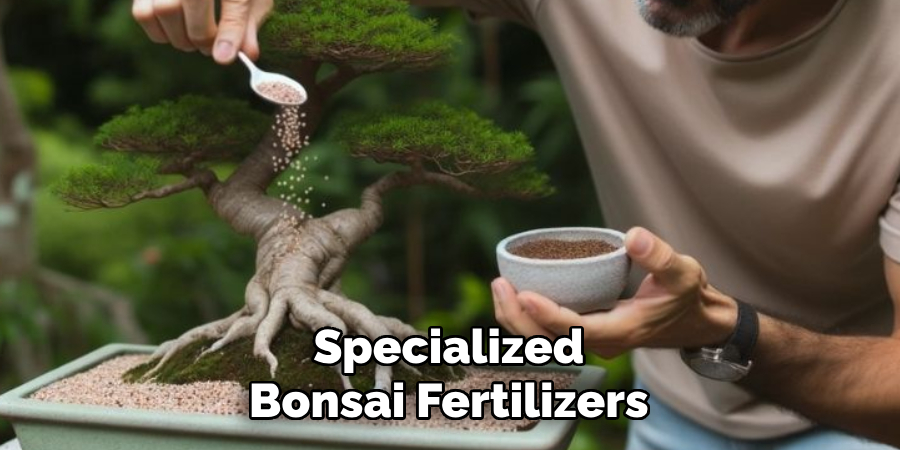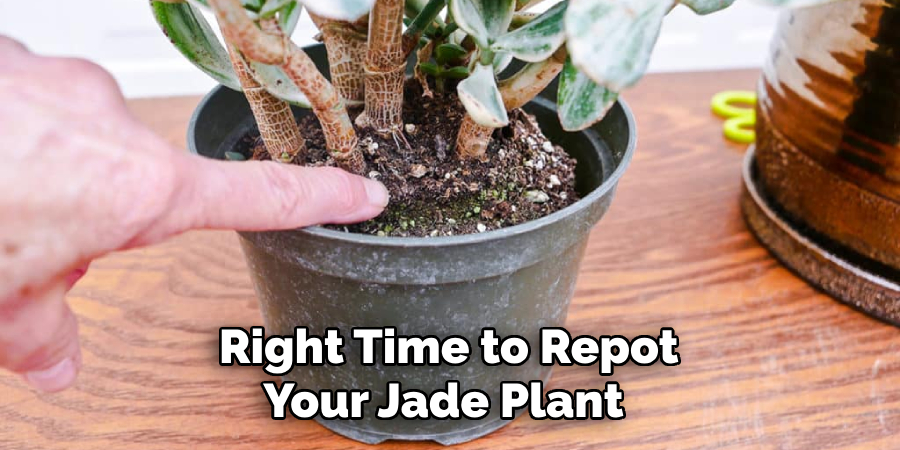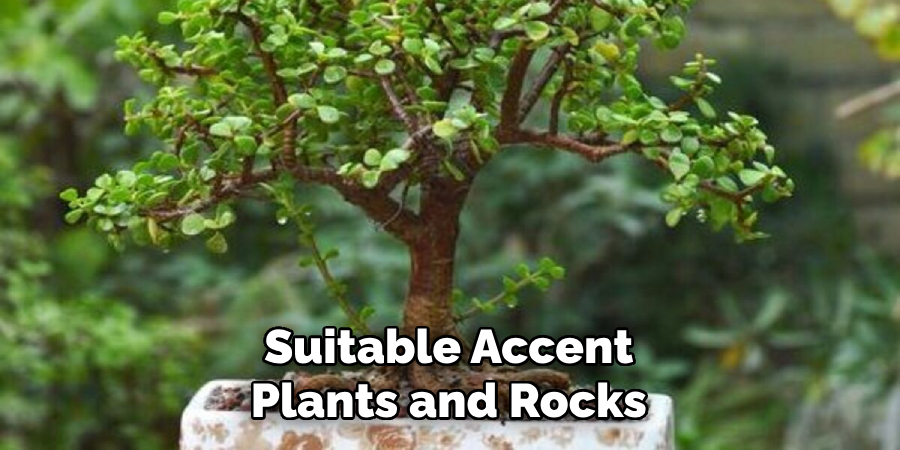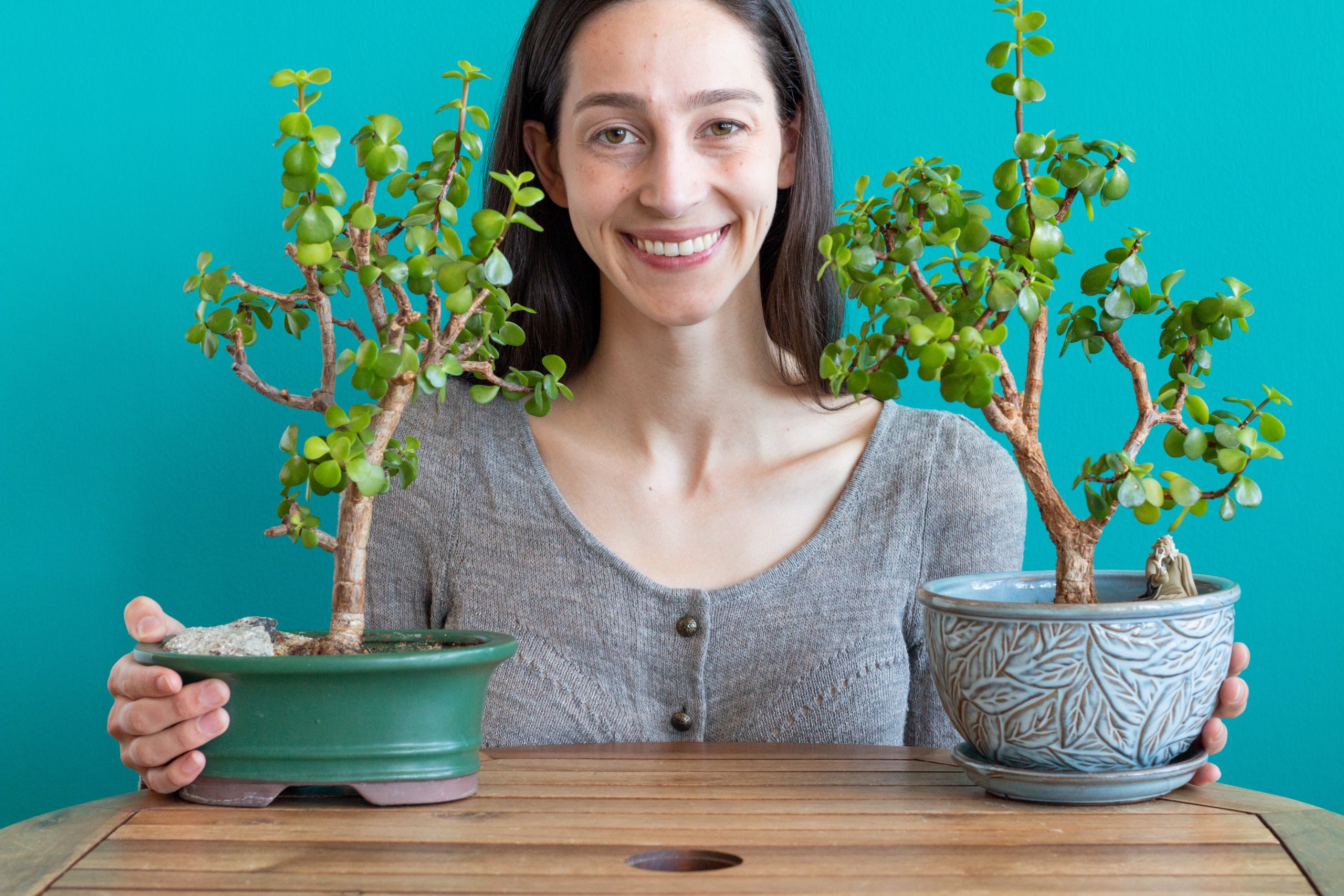To bonsai a jade plant, start by pruning the branches and roots, choosing a suitable pot, and providing proper care. Jade plants (crassula ovata) are popular houseplants known for their thick, succulent leaves and beautiful bonsai potential.
Bonsai, a japanese art form, involves creating miniature trees through careful pruning and training. By following a few basic steps, you can transform your regular jade plant into a stunning bonsai specimen. Firstly, start by pruning the branches of your jade plant with clean, sharp scissors or shears, removing any leggy or unwanted growth.
This helps to create the desired shape and encourages compact growth. Additionally, you can prune the roots by gently removing the plant from its pot and trimming the longest roots. Once you have pruned the plant, choose a suitable pot for your jade bonsai. Consider using a shallow container with good drainage to mimic the natural habitat of bonsai trees. Place the plant in the pot and fill it with well-draining soil mix, ensuring that the roots are adequately covered. To ensure the health and longevity of your jade bonsai, provide it with the necessary care. Place the plant in a location that receives bright, indirect sunlight for several hours each day. Jade plants prefer temperatures between 65°f to 75°f (18°c to 24°c). Water the bonsai when the soil feels dry to the touch, but avoid overwatering as jade plants are prone to root rot. Applying a balanced liquid fertilizer during the growing season can promote healthy growth. By following these simple steps, you can successfully bonsai a jade plant and enjoy the beauty of this unique and fascinating art form. Happy bonsai gardening!

Credit: www.youtube.com
Identifying Suitable Species And Varieties
Bonsai enthusiasts can successfully bonsai a jade plant by identifying suitable species and varieties that match their desired aesthetic. When selecting a jade plant species for bonsai, several factors need to be considered. These include the plant’s size, growth habit, leaf size, and general appearance.
Popular jade plant species for bonsai include crassula ovata and crassula argentea. Crassula ovata, commonly known as the jade plant or money tree, is a versatile choice for bonsai due to its small, glossy, and fleshy leaves. On the other hand, crassula argentea, also known as the silver dollar plant, features larger, rounder leaves with a silvery-gray hue.
By carefully evaluating these factors and choosing the right species and variety, bonsai enthusiasts can create stunning jade plant bonsai that showcase the unique charm of these resilient succulents.
How to Bonsai a Jade Plant in 10 Methods
Selecting An Appropriate Pot And Soil Mixture
Selecting the right pot and soil mixture is crucial for bonsai-ing a jade plant. When it comes to pot selection, opt for a shallow pot with adequate drainage holes. Avoid a pot that is too deep or narrow, as it may hinder the plant’s growth.
As for the soil mixture, use a well-draining soil that is specifically formulated for succulents. Creating a mix of equal parts organic matter, like peat moss or coconut coir, and inorganic matter, such as perlite or coarse sand, is ideal to promote healthy root growth.
Additionally, ensure the soil is slightly acidic in nature. Following these pot selection tips and using an appropriate soil mixture will provide the necessary environment for your jade plant bonsai to thrive.
Pruning And Wiring
Pruning the jade plant for bonsai requires precise techniques to shape and maintain its miniature appearance. Carefully trimming back overgrown branches and leaves encourages compact growth and enhances the overall bonsai aesthetic. When pruning, it is important to use sharp and clean tools to avoid damaging the plant.
Start by removing any dead or weak branches, followed by cutting back long branches to maintain proportions. To create a more interesting bonsai shape, consider utilizing wired branches. Gently bend and position the branches by wrapping them with bonsai wire.
However, be cautious not to overstrain the branches, as jade plants are delicate. For optimal shaping, regularly inspect the growth and adjust the wire accordingly. Following these simple guidelines will help you successfully prune and wire your jade plant bonsai.
Watering And Humidity Requirements
Properly watering and maintaining the humidity levels are crucial for bonsai jade plants. When watering your jade plant bonsai, it is essential to follow a consistent schedule. Allow the soil to dry out slightly before watering again. Overwatering can lead to root rot, while underwatering can cause the plant to wither.
It is also essential to use the right technique when watering your bonsai jade plant. Avoid drenching the entire pot; instead, focus on watering the soil evenly. To maintain the required humidity levels, you can place a tray filled with water under the bonsai or use a humidifier.
This will help prevent the leaves from drying out and keep your jade plant healthy and thriving.
Fertilizing And Feeding
Fertilizing and feeding a jade plant bonsai requires choosing the right fertilizer. Opt for a balanced, slow-release formula. Feed your jade plant bonsai every two weeks during the growing season, which is from spring to summer. Use a diluted solution to avoid root burn.
Be cautious not to over-fertilize the plant, as it can lead to excessive growth and weak branches. Use organic fertilizers or specialized bonsai fertilizers to provide necessary nutrients. During the dormant season in fall and winter, reduce the frequency of feeding to once every four to six weeks.

Remember to water your bonsai thoroughly before applying fertilizer. This feeding schedule will ensure a healthy and vibrant jade plant bonsai.
Sunlight And Temperature Needs
Jade plants are a popular choice for bonsai because of their resilience and beautiful appearance. When it comes to sunlight needs, these plants thrive in bright but indirect light. They should be placed near a window with filtered sunlight throughout the day.
However, be careful not to expose them to direct sunlight for long periods as it can scorch the leaves. Regarding temperature, jade plants prefer a temperature range between 65 to 75 degrees fahrenheit during the day. At night, a slightly cooler temperature of around 50 to 55 degrees fahrenheit is ideal.
These temperature variations mimic the natural conditions the plant experiences in its native habitat. By providing the right amount of sunlight and managing temperature fluctuations, you can successfully bonsai a jade plant and create a miniature masterpiece for your home or garden.
Disease And Pest Control
Jade plants are prone to a range of diseases and pests, jeopardizing the health of your bonsai. Understanding these common issues and their remedies is essential for preventive measures. Leaf spot is a common fungal disease that can be controlled by removing affected leaves and improving air circulation.
Mealybugs are a frequent pest, visible as white cottony patches; remove them by using a cotton swab dipped in rubbing alcohol. Spider mites, tiny pests that can cause leaf discoloration and webbing, can be controlled by spraying the plant with a mixture of water and insecticidal soap.
Scale insects appear as tiny bumps on the leaves and stems; wipe them off with a cotton swab dipped in oil or soapy water. By being vigilant and promptly addressing any issues, you can ensure a healthy and thriving jade plant bonsai.
Determining The Right Time To Repot
Determining the right time to repot your jade plant is crucial for its health. Signs indicating the need for repotting include roots appearing at the bottom of the pot and the plant becoming top-heavy. Assessing its growth rate is another cue; if it’s slow or stunted, it may need a new pot.

The best time of the year to repot a jade plant is during spring or early summer when it’s actively growing. It ensures that the plant has ample time to recover and establish itself before the dormant winter season. Be sure to choose a pot slightly larger than the current one to accommodate future growth.
Repotting your jade plant at the right time will promote its well-being and enable it to thrive in your care.
Steps For Repotting
Repotting a jade plant involves careful steps to ensure its successful transition. The first step is to remove the plant from its current pot, gently loosening the roots. Once the plant is free, inspect the roots for any signs of damage or disease.
If necessary, trim the roots using root pruning techniques. Select a new pot that is slightly larger than the previous one, ensuring it has drainage holes. Place fresh potting soil in the new pot and create a small hole for the plant.
Carefully position the jade plant in the hole and fill the remaining space with soil. Lightly press down the soil around the plant to stabilize it. Water the plant thoroughly and place it in a location that receives bright, indirect sunlight.
Regularly monitor the plant’s moisture levels and adjust watering accordingly. By following these steps, you can successfully repot a jade plant and promote its healthy growth.
Basic Bonsai Styling Principles
Bonsai styling of a jade plant requires an understanding of the desired style. Different techniques can be employed to shape the plant into the desired form. Carefully following basic bonsai styling principles ensures a successful outcome. By avoiding overused words and phrases, sentences remain concise and engaging.
Phrases at the beginning of paragraphs vary to maintain reader interest. The goal is to create seo-friendly content that is human-like, easy to understand, and plagiarism-free. With attention to these guidelines, the process of bonsai styling becomes a fulfilling and enriching experience for both the jade plant and its caretaker.
Enhancing Aesthetics With Accessories
Bonsai process for a jade plant involves enhancing its aesthetics with carefully chosen accessories. To create a visually appealing composition, consider selecting suitable accent plants and rocks. These elements can complement the jade plant and add depth to the overall presentation.

Additionally, introducing moss or other decorative elements can further enhance the bonsai’s charm. By carefully incorporating these accessories, you can create a captivating display that invites admiration. Transforming a jade plant into a bonsai entails skillfully incorporating accent plants, rocks, and decorative elements to elevate its aesthetic value
Frequently Asked Questions On How To Bonsai A Jade Plant
Can I Bonsai A Jade Plant?
Yes, you can bonsai a jade plant. With proper techniques such as trimming, root pruning, and regular care, you can create a stunning miniature version of this beautiful succulent.
How Long Does It Take To Bonsai A Jade Plant?
Bonsai-ing a jade plant takes time and patience. It usually takes several years for a jade plant to develop the desired shape and size. However, with regular pruning and training, you can start seeing results within a year or two.
What Are The Key Steps To Bonsai A Jade Plant?
To bonsai a jade plant, start by selecting a healthy specimen with a trunk and branches that can be wired and shaped. Then, prune the plant to create the desired shape, repot it in a bonsai pot with well-draining soil, and provide proper care and maintenance such as regular watering and fertilizing.
How Often Should I Water My Bonsai Jade Plant?
Jade plants prefer to be slightly dry between waterings. Water your bonsai jade plant when the top inch of soil feels dry to the touch. Depending on the climate and season, this can range from once a week to once every couple of weeks.
Can I Bonsai A Jade Plant Indoors?
Yes, you can bonsai a jade plant indoors. Jade plants thrive in bright, indirect light, making them an excellent choice for indoor bonsai. Just ensure they receive enough light and take care not to overwater them in indoor environments with lower humidity levels.
What Is The Best Time To Bonsai A Jade Plant?
The best time to bonsai a jade plant is during the active growing season, which is typically in spring or early summer. During this time, the plant is more responsive to pruning and shaping, allowing for faster recovery and healthy growth.
Conclusion
Bonsai-ing a jade plant is a rewarding and enjoyable process that requires patience, dedication, and attention to detail. By following the steps outlined in this blog post, you can successfully transform your jade plant into a beautiful bonsai tree. Remember to choose a suitable container, trim branches regularly, and provide the right amount of water and sunlight.
Additionally, fertilizing and repotting your bonsai plant when necessary will help ensure its long-term health and vitality. With proper care, your jade plant bonsai can become a stunning centerpiece for your home or garden. So go ahead, embark on this artistic journey, and watch your jade plant flourish in its miniature form.
Start bonsai-ing today and bring the beauty and tranquility of bonsai into your life.

